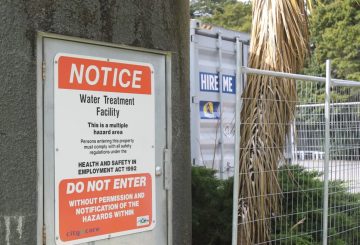Лагуна Вайтуна, расположенная к юго-востоку от Инверкаргилла, является местом обитания местных птиц, рыб и растений. Недавно лагуне угрожала вспышка токсичных водорослей, известная как цветение цианобактерий. Для борьбы с этим явлением в январе лагуну открыли для океана.
Карен Уилсон, главный научный сотрудник Environment Southland, заявила, что лагуна больше не цветет. Недавние испытания показывают, что качество воды нормализовалось. Однако в полной мере последствия цветения еще долго не будут известны.
Это был первый случай, когда региональному совету пришлось столкнуться с цветением такого размера в лагуне, поэтому предварительных данных, позволяющих сравнить достигнутый прогресс, нет. Несмотря на это, Уилсон надеется, что экологическое состояние лагуны со временем восстановится благодаря постоянному мониторингу и сотрудничеству с экспертами.
Чтобы собрать больше данных, было временно установлено высокочастотное устройство мониторинга. Выход лагуны в море помог остановить цветение, но это также повлияло на состояние рупии — водного растения, жизненно важного для экологии региона.
Ники Аткинсон (Nicki Atkinson), руководитель исследования пресноводных ресурсов Департамента охраны природы, заявила, что они все еще ждут результатов недавних исследований популяции рупии. Она добавила, что предстоящей весной и летом важно защитить вегетационный период рупии.
Одной из основных проблем, влияющих на состояние лагуны, является сток питательных веществ с близлежащих ферм. Однако Аткинсон отметил, что люди прилагают усилия для решения этой проблемы. Она подчеркнула, что общество обеспокоено состоянием лагуны.
В 1976 году лагуна Вайтуна вошла в историю как первый район страны, признанный в соответствии с Рамсарской конвенцией водно-болотным угодьем международного значения.




























































